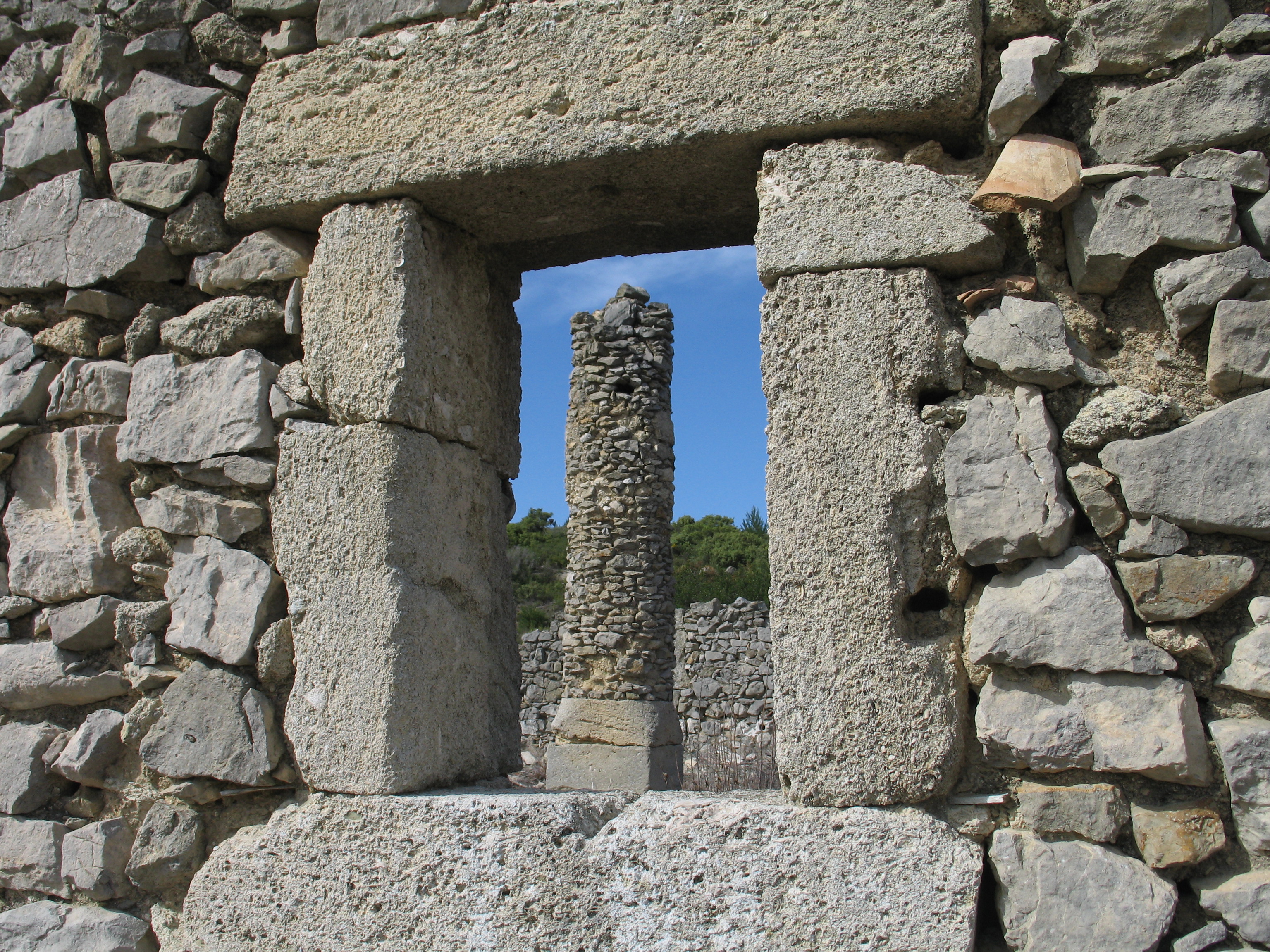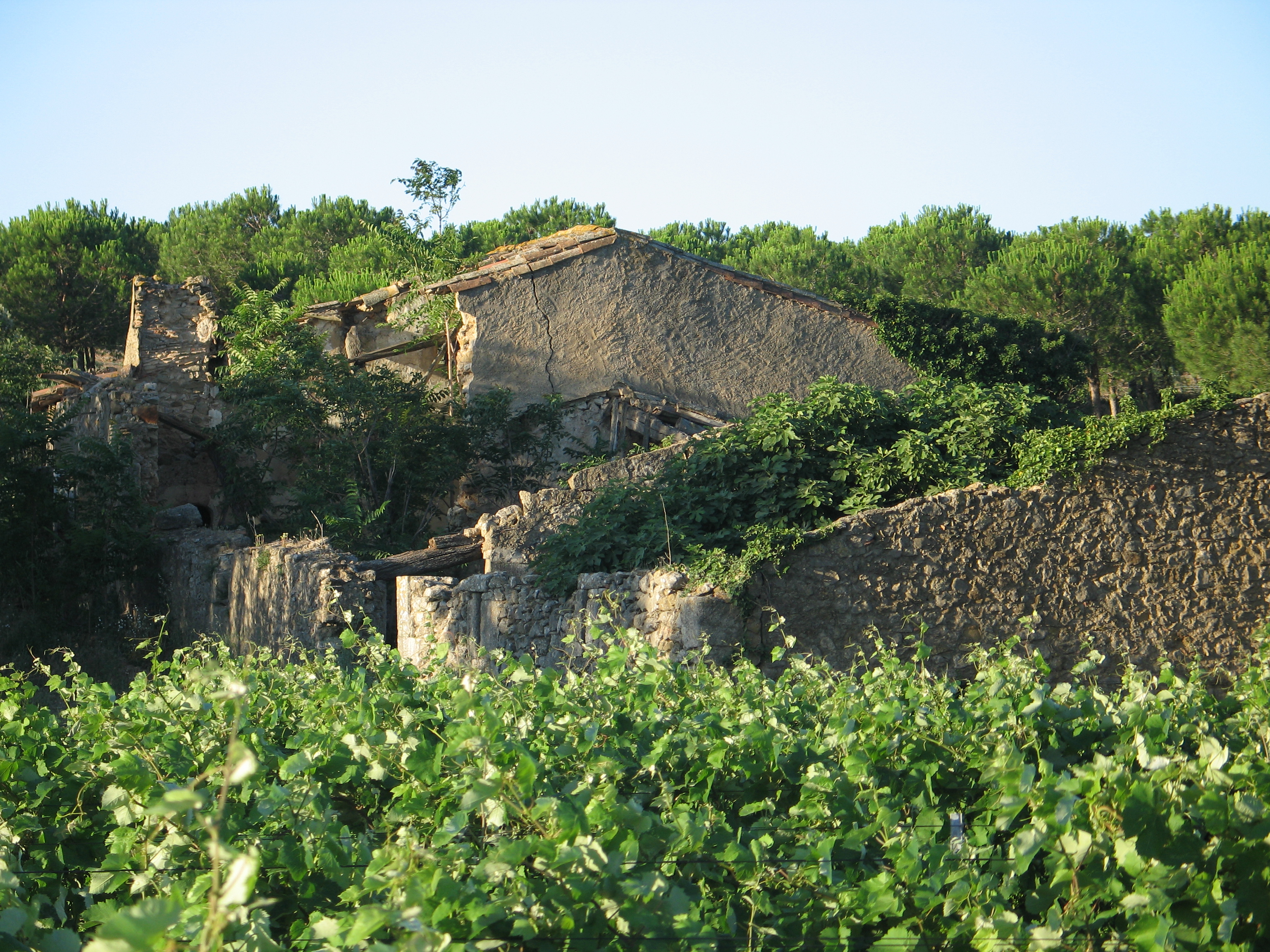


‘Courtal Naout’ estate is located in the South of France, in the La Clape uplands in the heart of Languedoc, between Narbonne and the Mediterranean. Man had already sought refuge in the La Clape area 100,000 years ago, but the island’s wine growing history only began with the arrival of the Phocaeans (600 BC) and above all, the Romans (118 BC). The La Clape uplands originally formed a steep island until the sea receded. It was called Lykia by Phoenician sailors then Insula Laci by the Romans who colonised it at the end of the 2nd century BC. This therefore equates to over 2,000 years of wine growing expertise. In the first century BC, the legendary nectar (see the legend of Pyrrhus) from the oldest Roman colony outside Italy, already enjoyed considerable renown and was exported across the Empire. The wine growers of La Clape were even the first to benefit from the planting privilege which the Senate reserved for Roman citizens of Narbonne.
Nowadays, even though the people have changed and the island is now joined to the mainland, La Clape has preserved its strikingly archetypal terroirs and the amazing quality of its wines. This conservation area, the forerunner of wine growing in Gaul, is now home to Les Bugadelles. This is the setting that Jean-Claude Albert and his family fell in love with. A nature lover keen to produce authentic wines, Jean-Claude Albert bought the estate in 2004 and has since then breathed new life into it. Abandoned for over a century, the 400 hectares of scrubland or garrigue had become overrun by kermes oak and wild boar. Driven by a commitment to excellence, the family identified the finest terroirs and prepared the land to plant vines as well as olive groves, truffle oaks and fruit trees. The viability of soil types across the estate was maximised and its natural Mediterranean identity allowed to fully reveal itself.


